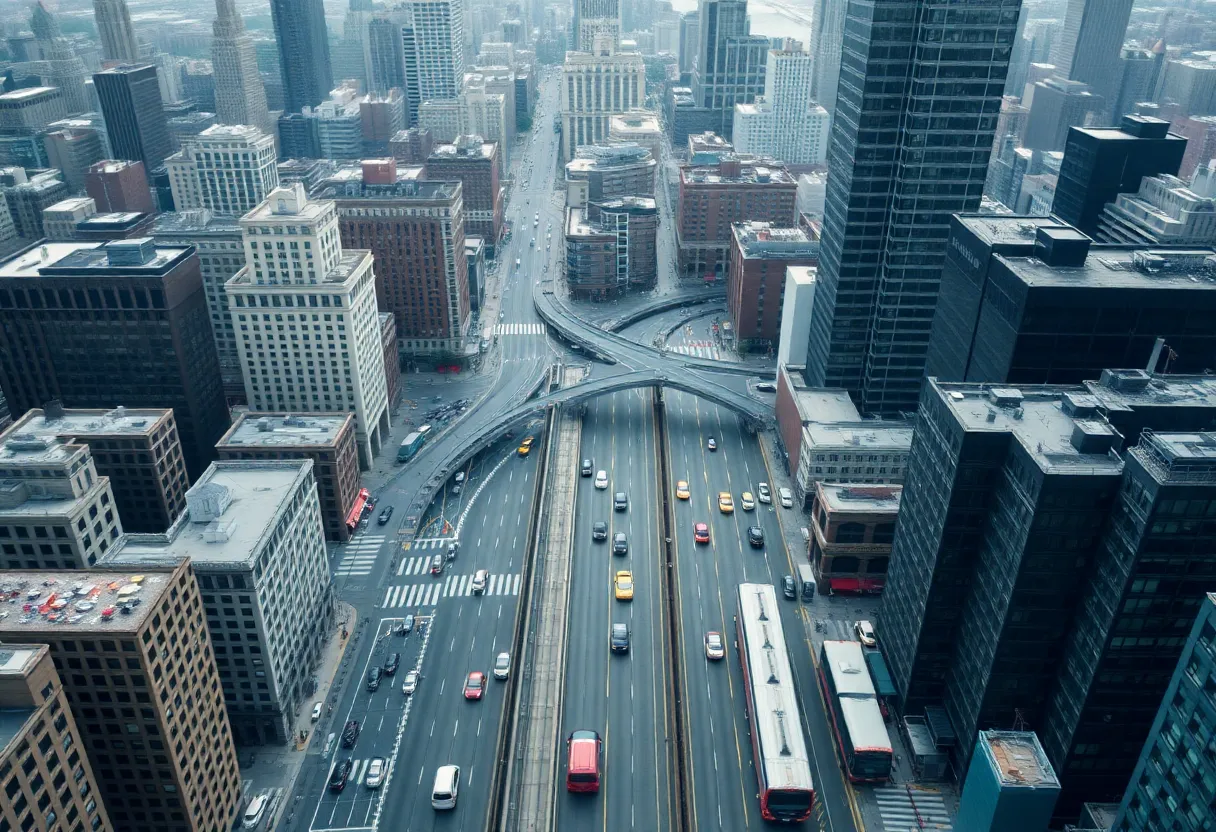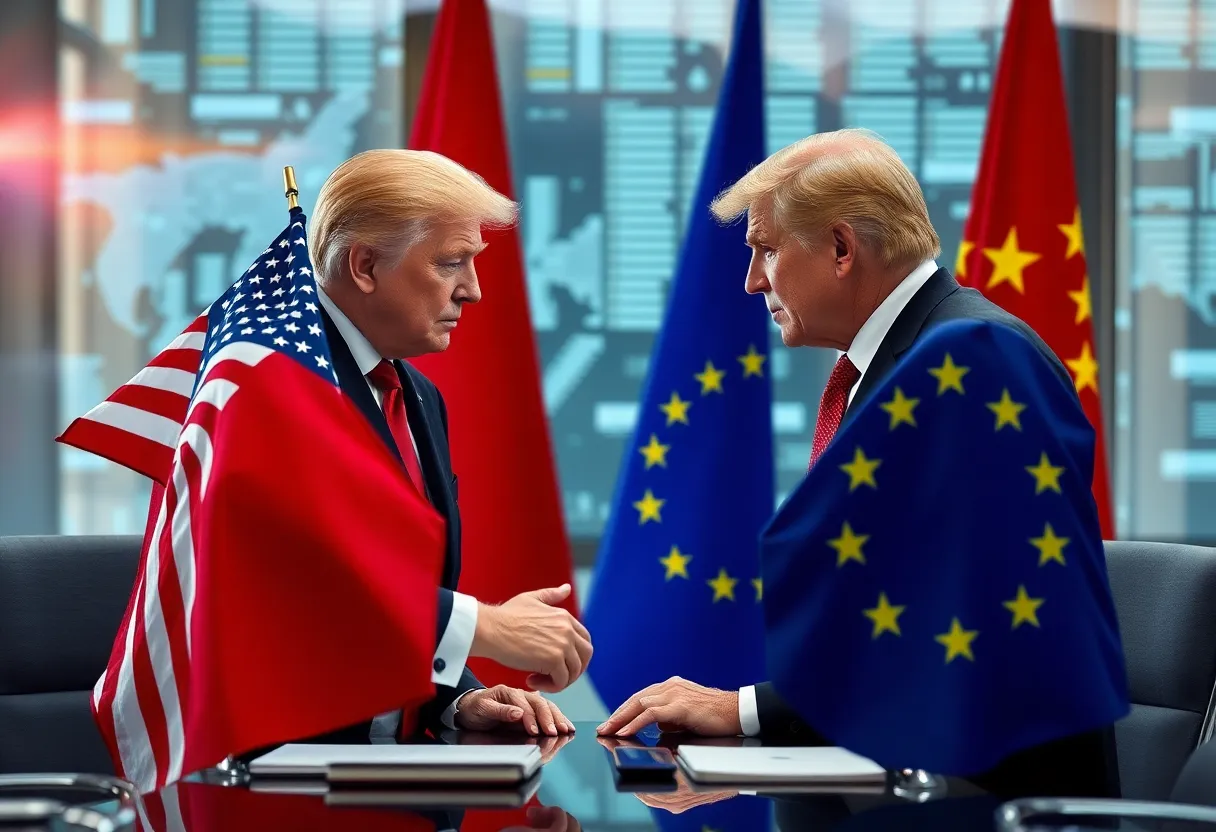News Summary
New York City’s congestion pricing program has shown positive results in reducing traffic congestion and boosting public transit usage in its initial six months. Since its launch, vehicle traffic entering Manhattan’s toll zone has declined significantly, leading to a marked increase in subway and bus ridership. The program aims to fund over $15 billion in improvements to public transit systems while easing daily commutes for New Yorkers. Despite ongoing legal challenges, the initiative has resulted in substantial economic benefits and enhanced commuter experiences.
New York City, July 5, 2025 – New York City’s congestion pricing program has successfully reduced traffic congestion and increased public transit ridership over its first six months of operation. Since its launch, drivers entering the toll zone covering Manhattan below 60th Street have seen a significant decrease in vehicle traffic and improvements in transit efficiency.
The congestion pricing program, initiated on January 5, 2025, aims to alleviate road congestion while funding vital improvements to the city’s public transit systems. The program is projected to generate approximately $500 million in revenue in its first year, which will support over $15 billion in upgrades to subways, buses, Long Island Rail Road, and Metro-North railroads. These improvements include essential enhancements such as new subway cars, updated signals, and increased accessibility features like additional elevators.
As a result of the program, the number of vehicles entering the congestion zone has dropped by 11%, translating to 67,000 fewer vehicles daily and a total of 10 million fewer vehicles since the program started. Additionally, delays within the congestion zone have decreased by 25%, while traffic accidents have seen a drop of 14%. The number of injuries from traffic incidents has also reduced by 15%. Furthermore, there has been a 65% decline in rush hour delays at the Holland Tunnel, significantly improving commuter experience.
Aside from reducing vehicle traffic, the congestion pricing program has led to a notable increase in public transit usage. Subway ridership has risen by 7% compared to the same period last year, while bus ridership has seen an increase of 12%. Commuters on the Long Island Rail Road (LIRR) have experienced an 8% uptick in ridership, and Metro-North has reported a 6% increase. These improvements in public transportation have contributed to enhanced subway on-time performance, which reached 85% in May, marking the highest level recorded outside the pandemic.
The positive impacts of the program extend to pedestrian traffic as well, with an 8.4% increase in foot traffic within the relief zone, outpacing the 2.7% increase noted outside the zone. In a related economic development, Broadway has achieved record-breaking ticket sales of $1.9 billion during the first half of 2025, indicating a boost in tourism and entertainment-related activities in the area.
While the program has seen marked success, there have been ongoing legal challenges posed by the Trump administration, which has sought to overturn the measure. Despite these challenges, the Metropolitan Transportation Authority (MTA) has successfully defended the program for five months, with a federal judge granting a restraining order that allows it to continue amid federal legal disputes.
The positive effects of the congestion pricing program not only simplify daily commutes for many New Yorkers but also translate into significant economic savings, with commuters saving an average of 21 minutes per trip. These time savings indicate a potential annual economic impact of around $1.3 billion, further emphasizing the program’s benefits to both individual commuters and the city’s overall economy.
In summary, the first six months of New York City’s congestion pricing program have shown substantial results in reducing traffic congestion, improving public transit ridership, and fostering economic growth within the city. The ongoing developments surrounding this initiative will continue to shape the future of transportation in New York City as the program progresses amid ongoing legal scrutiny.
Deeper Dive: News & Info About This Topic
HERE Resources
New York Times Expands Cooking Video Offerings
Dee Dee Mozeleski Appointed as Senior VP of The Foundation for City College
New York City’s Congestion Pricing Program Exceeds Expectations
New York City’s Congestion Pricing Toll Generates $215.7 Million
Federal Judge Blocks Trump Administration’s Action Against NYC Congestion Pricing
Federal Judge Blocks Funding Cut for New York’s Congestion Pricing
Kathryn Wylde to Retire After 25 Years of Leadership
Former Convict Thrives in Trucking Amid Driver Shortage
New Initiative to Boost Funding for Small Businesses in New York
U.S. Cities Brace for Business Travel Resurgence Amid Decline
Additional Resources
- Gothamist: NYC Congestion Pricing Success
- Wikipedia: Congestion Pricing
- Jalopnik: NYC Congestion Pricing Successful
- Google Search: NYC Congestion Pricing
- Fox 5 NY: NYC Congestion Pricing and MTA
- Google Scholar: NYC Traffic Congestion Pricing
- AMNY: Hochul Congestion Pricing Success
- Encyclopedia Britannica: Traffic Congestion
- PIX11: NYC’s Congestion Pricing is a Huge Success
- Google News: NYC Congestion Pricing Success

Author: STAFF HERE NEW YORK WRITER
The NEW YORK STAFF WRITER represents the experienced team at HERENewYork.com, your go-to source for actionable local news and information in New York, the five boroughs, and beyond. Specializing in "news you can use," we cover essential topics like product reviews for personal and business needs, local business directories, politics, real estate trends, neighborhood insights, and state news affecting the area—with deep expertise drawn from years of dedicated reporting and strong community input, including local press releases and business updates. We deliver top reporting on high-value events such as New York Fashion Week, Macy's Thanksgiving Day Parade, and Tribeca Film Festival. Our coverage extends to key organizations like the Greater New York Chamber of Commerce and United Way of New York, plus leading businesses in finance and media that power the local economy such as JPMorgan Chase, Goldman Sachs, and Bloomberg. As part of the broader HERE network, including HEREBuffalo.com, we provide comprehensive, credible insights into New York's dynamic landscape.





